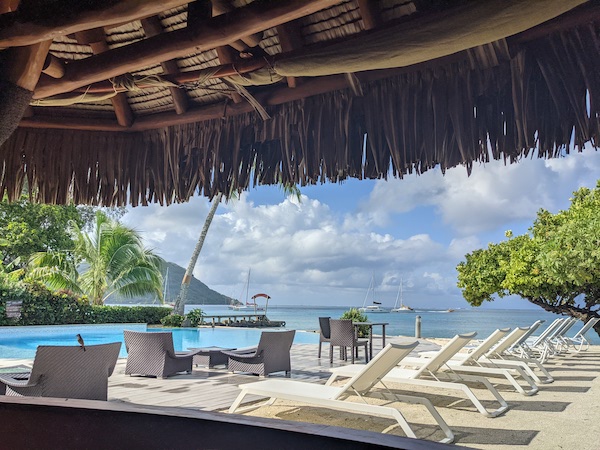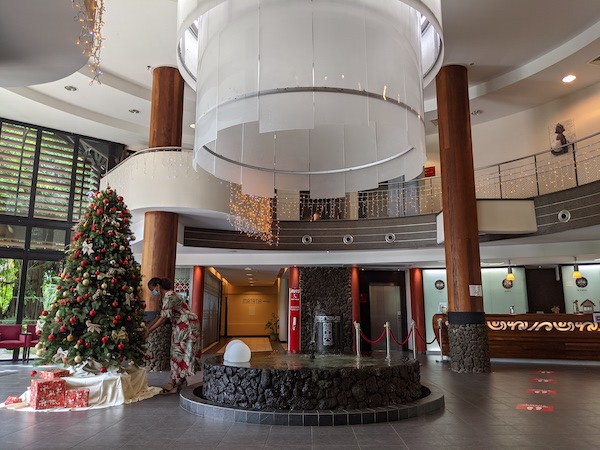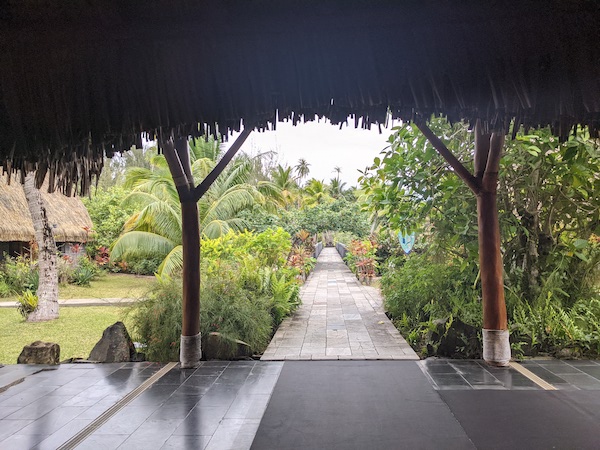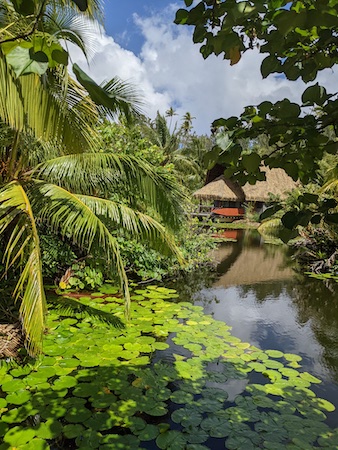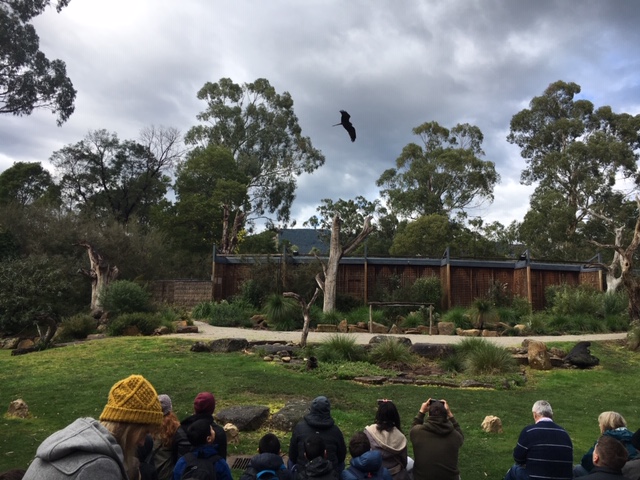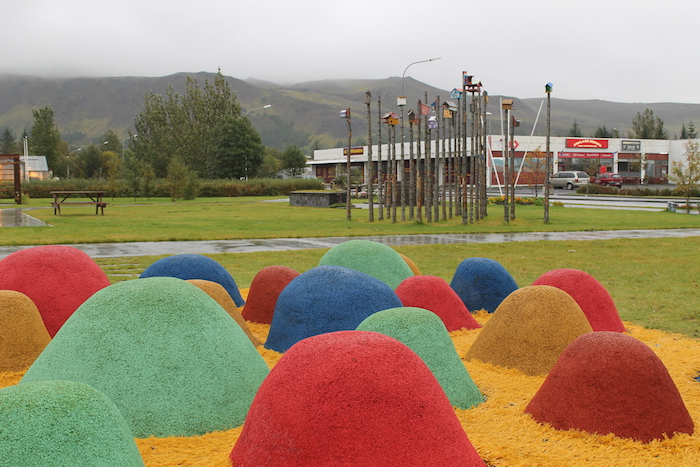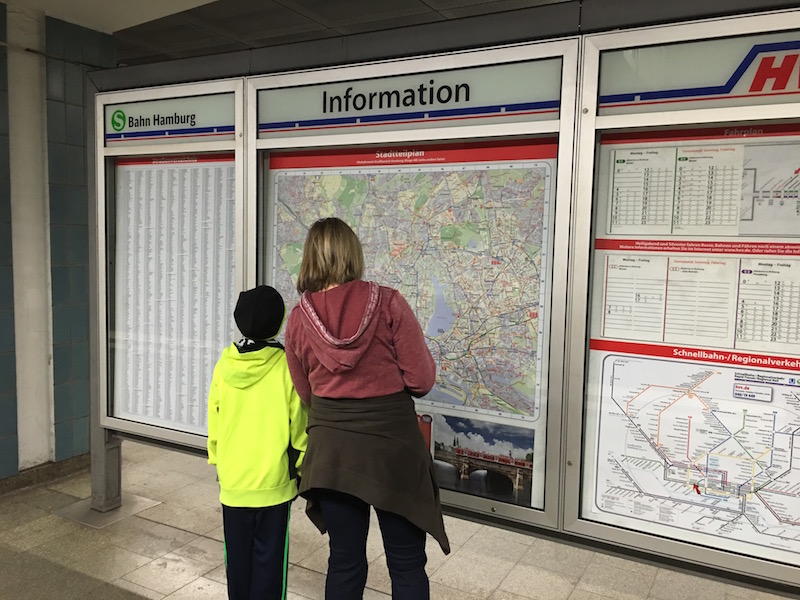Travel to Tahiti during the pandemic? Does that seem like a crazy thing to do? I can’t recommend that everyone travel during the pandemic, because there are a lot of obvious reasons why not to. But I went to Tahiti for two weeks this December and I can say that I felt safe, and the mental reset the vacation provided was much needed. I bought the airfare earlier in the year, when a travel newsletter, Scott’s Cheap Flights, notified me that plane tickets were half price. When COVID got bad, I gambled that it would improve and didn’t cancel the trip. When the time for the trip came, we decided that we could travel safely. Here’s where we stayed, and what we did.
My travel partner and I isolated ourselves for two weeks leading up to our trip. Pre-travel testing and reporting requirements included a negative COVID-19 test with the test taken 72 hours before departure. We also had to submit a self-test on day 4 after we landed. Because we knew that everyone else that was on our plane also had to have a negative test, we actually felt like the plane was one of the safest places to be. The CDC confirms that “most viruses and other germs do not spread easily on flights because of how air is circulated and filtered on airplanes.”
The airline we traveled on, United, enforced their mask policy. We even had to keep our masks on except when we were actively eating and drinking . . . one of the flight attendants told us to wear our masks and remove it only when we were taking a sip from our drink.
COVID-19 Precautions During Air Travel
We drove from our hometown to San Francisco, so that we could have a direct flight, thereby reducing airport and plane time. Once on the plane, it only took eight hours to reach Papeete. The travel service that arranged our trip, Pleasant Holidays, arranged everything, including transfers to and from the airport, and to and from our lodging. Every transfer was on time, and they wore masks and their cars were clean. One of the safety regimens that we committed to was wiping down everything, so whenever we sat at a table or got into a car, we wiped it down with sanitizing wipes, and applied hand sanitizer frequently.
We stayed at the Manava Suite Resort Hotel in Papeete, the capital city, before flying to the island of Huahine. On Huahine we stayed at the Maitai Lapita Village, which was amazing. And on the island of Mo’orea (which is literally only a 5-minute flight from Papeete or a 30-minute ferry ride), we stayed at an Airbnb that had committed to an “enhanced cleaning” policy: La Maison Coloniale. We wiped everything down when we entered a room before we settled in.
The header image on this post is the view from the Lapita Village pool. It’s easy for every photo you take to look like a postcard!
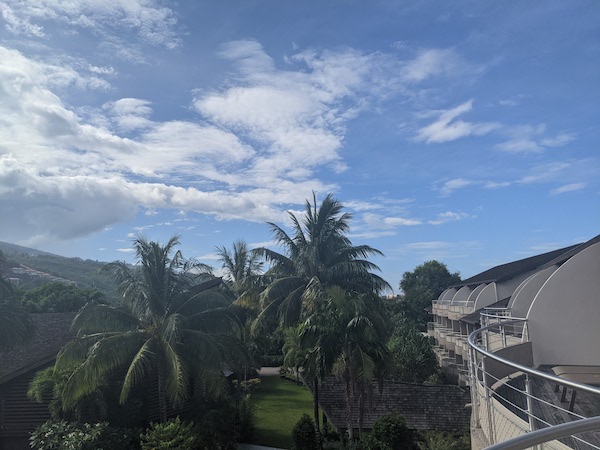
Our view from the upper floor of our suite in the Manava Hotel in Papeete (we were upgraded from a basic garden room to a garden suite, which was two floors).
COVID Precautions in Tahiti
On the streets of Papeete, social distancing was less than ideal. It’s a bustling city with a busy public market. We visited a grocery store a few times, and again, in these settings people weren’t social distancing. We were extra careful to use hand sanitizer and avoid touching things unnecessarily. On the inter-island flights, the airlines reminded us that wearing a mask was required, and they enforced it. They sprayed our hands with sanitizer as we embarked. At restaurants and at the pool, masks were required when walking through. When we were outdoors on the beach and during activities with other small groups (no more than 6 people at a time), we felt safe removing our masks.
Masks, sanitizer dispensers, and distancing markers were constant reminders throughout each hotel we visited, so we really couldn’t forget that there was a pandemic going on. Hotel staff wore masks at all times. The restaurant tables we experienced were widely spaced, with outdoor seating. We chose the buffet for breakfast at the Manava, and there were hand sanitizer stations before entering the buffet line. Guests got their own serving utensils and we didn’t have to touch much (just coffee and water dispensers and the jam jar lids, but I opted not to touch those) so it was relatively sanitary.
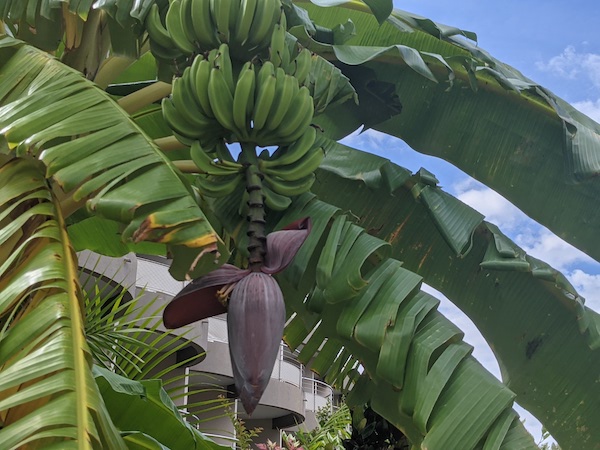
There is tropical fruit and flowers everywhere! This banana blossom was right by the Manava Hotel pool.
Pre-travel Requirements For Entry To Tahiti
I relied on the website Tahiti Tourisme for my pre-travel requirements for entry to Tahiti. Every passenger is required to take a COVID-19 test within three days of departure, and the rapid test isn’t accepted. An online form must be completed along with presenting proof of a negative test results. I printed my test results and kept them with me. The instructions say to print the ETIS form, but I kept the QR code indicating a completed form on my phone and that worked just fine. We had to submit our self test to the hotel on the fourth day, and if that had been positive we would have been notified. We had to fill out a form before we got off the plane that outlined our itinerary and where we were staying. On all of the islands we visited, a curfew from 9pm to 4am was enforced.
COVID-19 in French Polynesia
French Polynesia as a whole has seen a total of 12,121 COVID-19 cases and 56 deaths since the outbreak began, according to Johns Hopkins’ Coronavirus Research Center data. Travel + Leisure reports that a representative for Tahiti Tourisme said that only 1% of those who test positive in French Polynesian are travelers.
Tahiti relies heavily on tourist income, so people were happy to have guests at the hotels. They don’t want the country to be closed to tourism, so people in the service industry are taking the responsibility seriously. The CDC lists Tahiti as in the “very high” risk category, but then again, there is only a handful of countries on the globe that aren’t in the high risk category.
From December 14 through December 27 there were 932 new covid cases reported in French Polynesia. There are 14 islands that make up the Society Islands, of which Tahiti (the major island, with the capital of Papeete) is part, with nearly 300,000 inhabitants.
COVID Precautions After International Travel
After we landed, we drove straight back home to avoid staying in any California hotels. I had apps on my phone that allowed me to pay for gas without having to actually pay with a card. We isolated ourselves for a week and on the fifth day back home took a COVID test, which turned out negative.
We absolutely loved our trip to Tahiti. I can say that in my life, I always thought that Tahiti was expensive, exotic, and out of reach. That’s certainly not the case at all. While this trip was a once-in-a-lifetime experience, it won’t be a once-in-a-lifetime trip. We are already planning how we can go back as soon as travel is safely allowed again. I plan to write a few more articles about this trip to show you how beautiful it is (the color of the water is unbelievable!) and give you more details about where we stayed and what we did. I also learned a lot about what to take on a trip like this for the next time (including some pro tips to make eating and drinking more affordable!) and I’ll share them with you.

